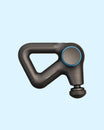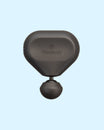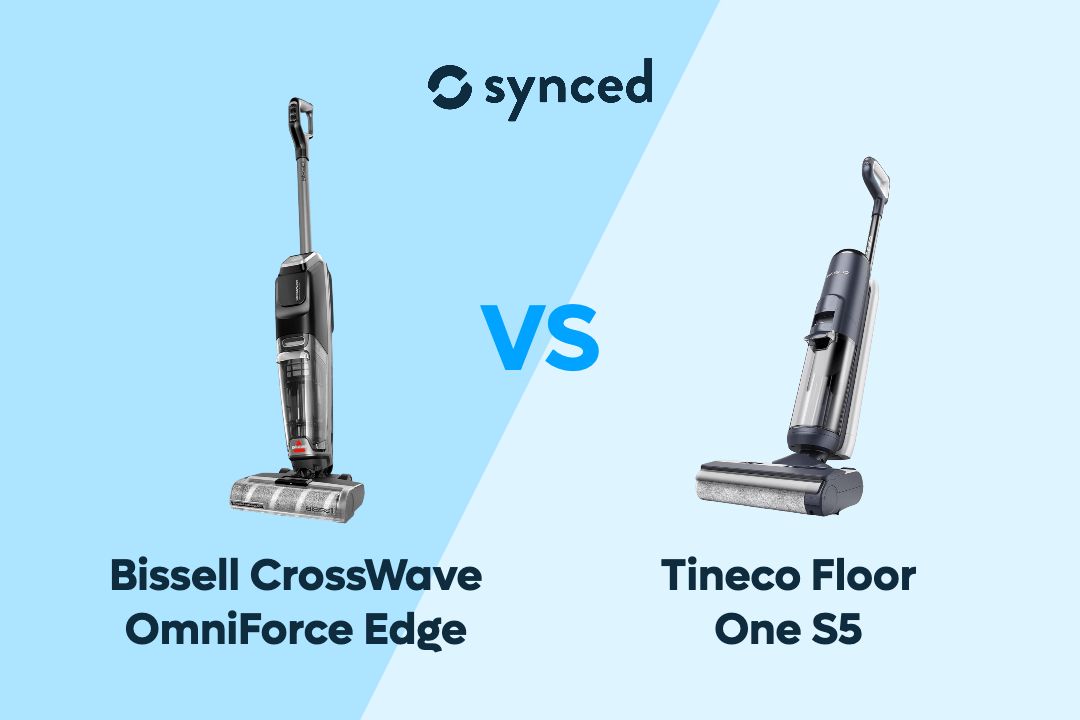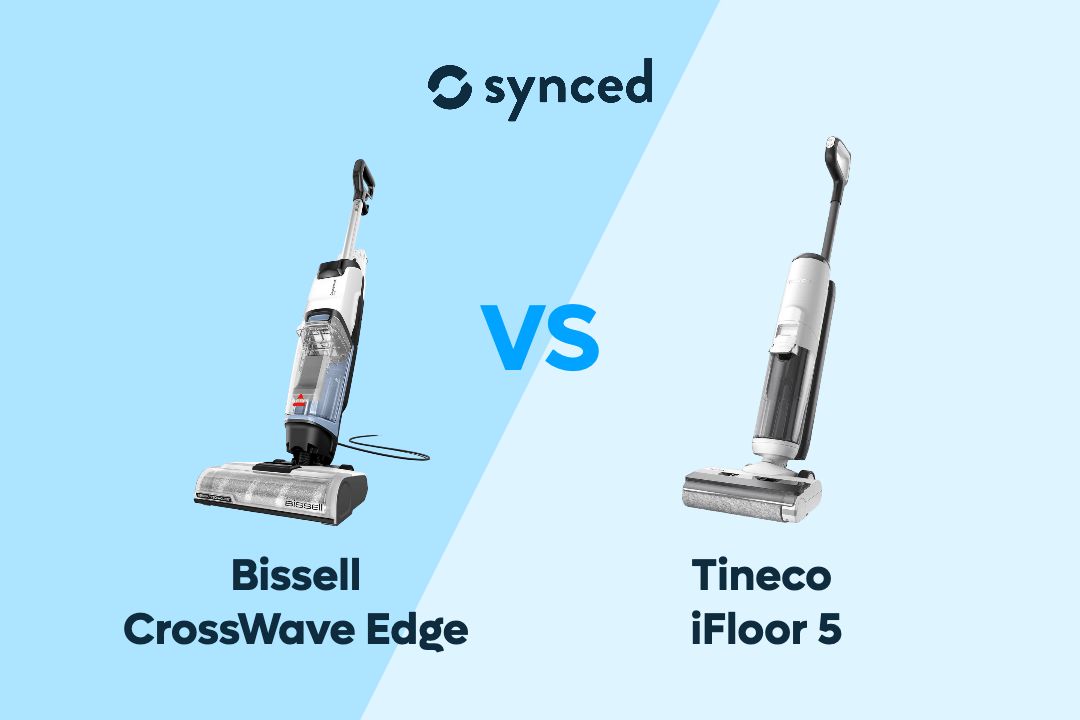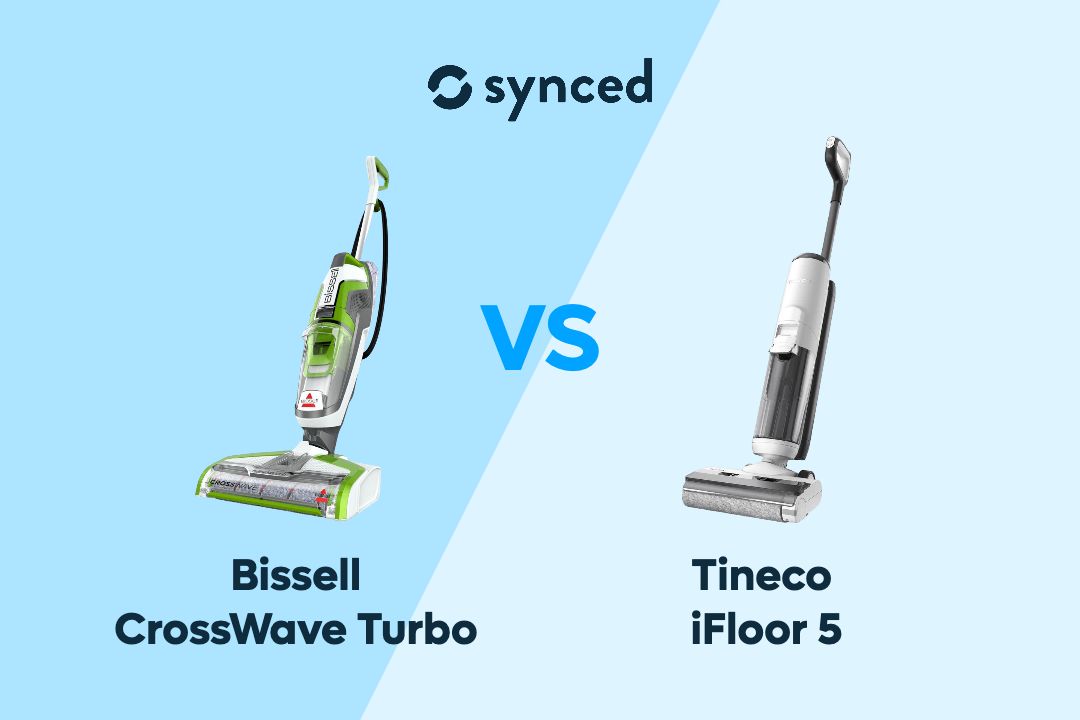Hisense U7K vs U8K: Which ULED TV is the Better Buy?
By Naila Syifa
Updated August 2024

The Hisense U7K and U8K are two of the company's mid-range and premium Mini-LED ULED 4K TVs, respectively. Both models offer impressive features and performance, but there are some key differences between them that may sway your purchasing decision.
In this comparison, we'll dive into the specifications, picture quality, audio performance, and features of each TV to help you determine which one best fits your needs and budget.
Key Takeaways
Hisense U8K has an anti-glare coating with a peak brightness of up to 1500 nits, while the U7K delivers up to 1000 nits of peak brightness without anti-glare. The U8K also has a 5-speaker setup for more powerful and immersive audio compared to the 3-speaker setup in the U7K. The gaming and connectivity features of both TVs are similar, so the primary differences come down to display performance and audio quality.


Hisense U7K Mini-LED ULED 4K Google TV
2023 Mid-Range
✓ Mini-LED Full Array Local Dimming
✓ Peak Brightness 1,000 nits
✓ Hi-View Engine
✓ 144Hz Game Mode Pro

Hisense U8K Mini-LED ULED 4K Google TV
2023 Premium
✓ Mini-LED Pro with Anti Glare
✓ Peak Brightness 1,500 nits
✓ Hi-View Engine
✓ 144Hz Game Mode Pro
#1 Display

Hisense U7K
The main display distinction between the two TVs is the different backlight technology used, with the U8K offering a Mini-LED Pro full-array local dimming backlight, while the U7K uses the standard Mini-LED full-array local dimming. This results in the U8K delivering a brighter image with greater contrast, with peak brightness up to 1500 nits compared to 1000 nits in the U7K.
Hisense U8K also comes with an anti-glare coating for better visibility in bright rooms, while the Hisense U7K does not have this feature. In addition, while both TVs are available in 55”, 65”, 75”, and 85” sizes, the U8K is also offered in a 100" model, making it more suitable for larger room setups.
The other display specifications are largely similar between the two models, such as Quantum Dot color technology for wide color gamut coverage and up to 120Hz native refresh rate (144Hz with VRR) for smooth motion handling.
Both TVs also support Filmmaker Mode for cinema-accurate picture settings and a range of HDR formats like Dolby Vision, HDR10, HDR10+, and HLG.
#2 Audio

Hisense U8K
Hisense U8K comes with a 5-speaker setup that produces a 2.1.2 surround sound experience, which is more immersive than the 2.0 channel audio system in the U7K. More speakers also make it capable of delivering louder and more dynamic audio, with a total audio output power of 50W compared to 40W on the U7K.
While both TVs support Dolby Atmos and are IMAX Enhanced certified, the U8K's more advanced audio hardware gives it an edge in terms of spatial audio performance.
#3 Gaming Features

Hisense U7K vs U8K
Both TVs are equipped with Game Mode Pro, a collection of gaming-centric features that optimize the display for low latency and smooth gameplay. This includes support for variable refresh rate (VRR) up to 144Hz, auto low latency mode (ALLM), and AMD FreeSync Premium Pro.
They also feature a Game Bar, which provides quick access to various gaming settings and information. There are no notable differences in the gaming-focused features between the Hisense U7K and U8K models.
#4 Connectivity

Hisense U8K
Hisense U7K and U8K boast support for Wi-Fi 6E, which provides faster and more reliable wireless connectivity than the Wi-Fi 6 or Wi-Fi 5 standard found in many other TVs. However, using Wi-Fi 6E requires a compatible router and network infrastructure, so the actual benefits may vary depending on the user's home network setup.
There is also very little difference between the two when it comes to ports. Both TVs offer one USB 3.0, one USB 2.0, two HDMI 2.1 ports for 4K@144Hz, two HDMI 2.0 ports for 4K@60Hz, one Ethernet port, one optical audio output, one 3.5mm headphone jack, and some others.
Hisense U7K vs Hisense U8K
Final Thoughts

Hisense U7K
The Hisense U8K offers a more premium display experience compared to the U7K, with its advanced Mini-LED Pro backlight technology delivering higher peak brightness and better contrast. The addition of an anti-glare coating also makes the U8K better suited for bright room environments. Additionally, the U8K's 5-speaker setup with Dolby Atmos support offers more powerful and immersive audio performance over the more basic 2.0 channel system in the U7K.
While the gaming and connectivity features are largely similar between the two models, the U8K's overall display and audio advantages make it the more compelling option for users who prioritize picture and sound quality.
If you like to read more about Smart TVs, check out our other relevant guides here:
Hisense U6N vs U7N
Hisense U7N vs U8N
Hisense U6K vs U7K
Hisense U6K vs U6N
Hisense U7K vs U7N
Hisense U8K vs U8N
Hisense U7N vs U8K
Don't miss out on tech
Subscribe to our newsletter to stay up to date on the latest tech trends and guides on the best gadgets around.


